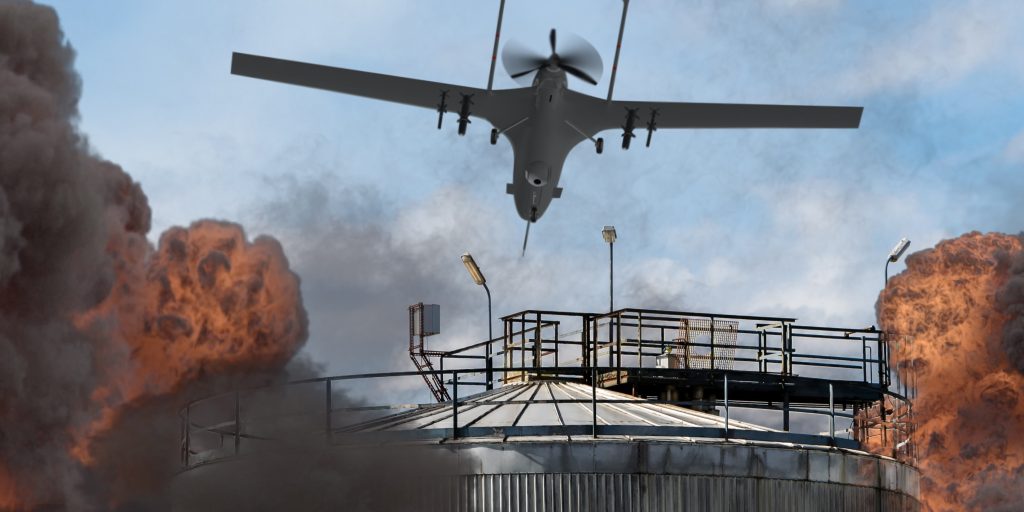The latest move points to a changing strategy in how the Kremlin plans to guard its critical infrastructure.
Others are reading now
Russia’s military leadership announced plans to deploy reservists to defend key civilian facilities such as oil refineries and industrial sites, Reuters reports.
The decision follows a surge in Ukrainian drone attacks that have struck deep inside Russian territory in recent months.
Vice Admiral Vladimir Tsimlyansky, deputy head of the General Staff’s organisational and mobilisation directorate, said the use of long-range drones had heightened risks to vital national infrastructure and residential areas.
“To increase the security of critical facilities and other facilities important for the well-being of citizens, it was decided to involve the most trained and patriotic citizens in the implementation of measures to protect civilian facilities deep in Russia,” he said.
The move signals Moscow’s growing concern that the war’s impact is reaching beyond the battlefield and into its heartland.
Also read
Expanding the ranks
President Vladimir Putin has already ordered a significant expansion of Russia’s regular army, aiming to grow it to 1.5 million active servicemen, which would make it the world’s second largest after China’s.
He has stated that around 700,000 Russian troops are currently engaged in fighting in Ukraine.
Lawmakers estimate that another two million serve as active reservists — individuals under contract who are not on full-time duty but remain part of the military structure.
Defending the home front
By assigning reservists to protect domestic sites, Russia could potentially release more regular troops for combat duties in Ukraine, where the conflict has evolved into a prolonged and costly war of attrition.
However, Tsimlyansky clarified that the changes do not amount to a mobilisation. The defence ministry emphasised that these reservists would not be sent to Ukraine or stationed outside Russia’s borders.
Also read
Instead, they would serve locally, focusing on the protection of regional infrastructure.
The plan appears designed to balance military needs abroad with security concerns at home, without provoking the social and political unrest that wider mobilisation might bring.


